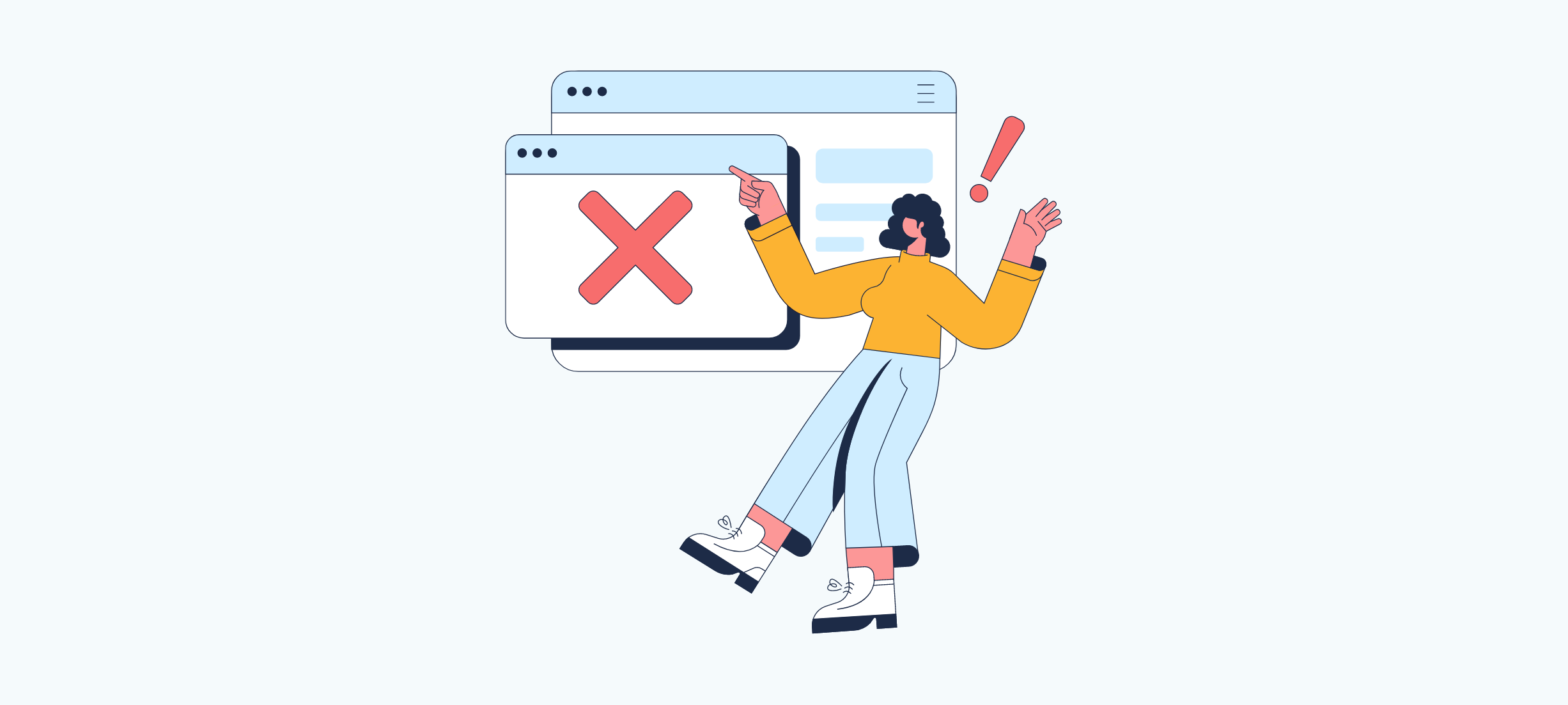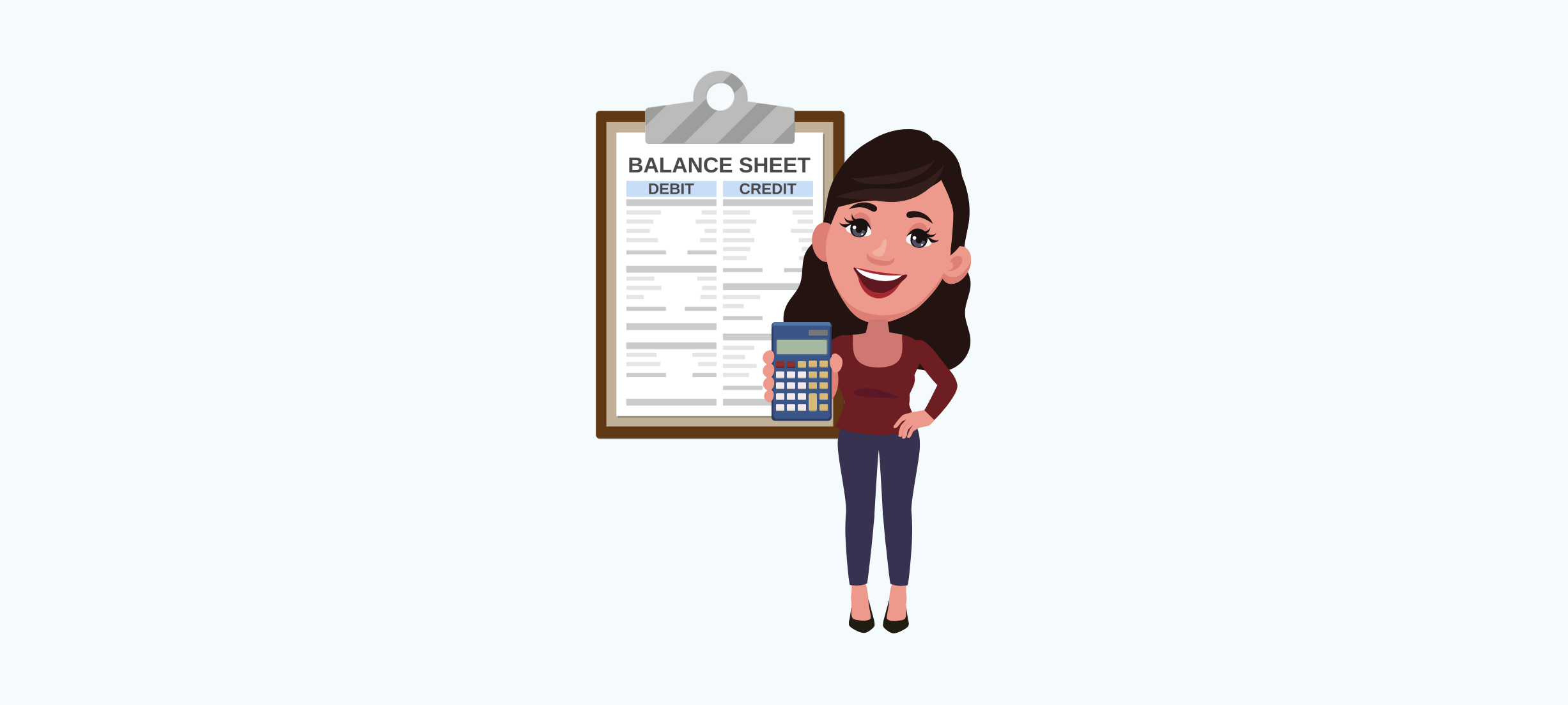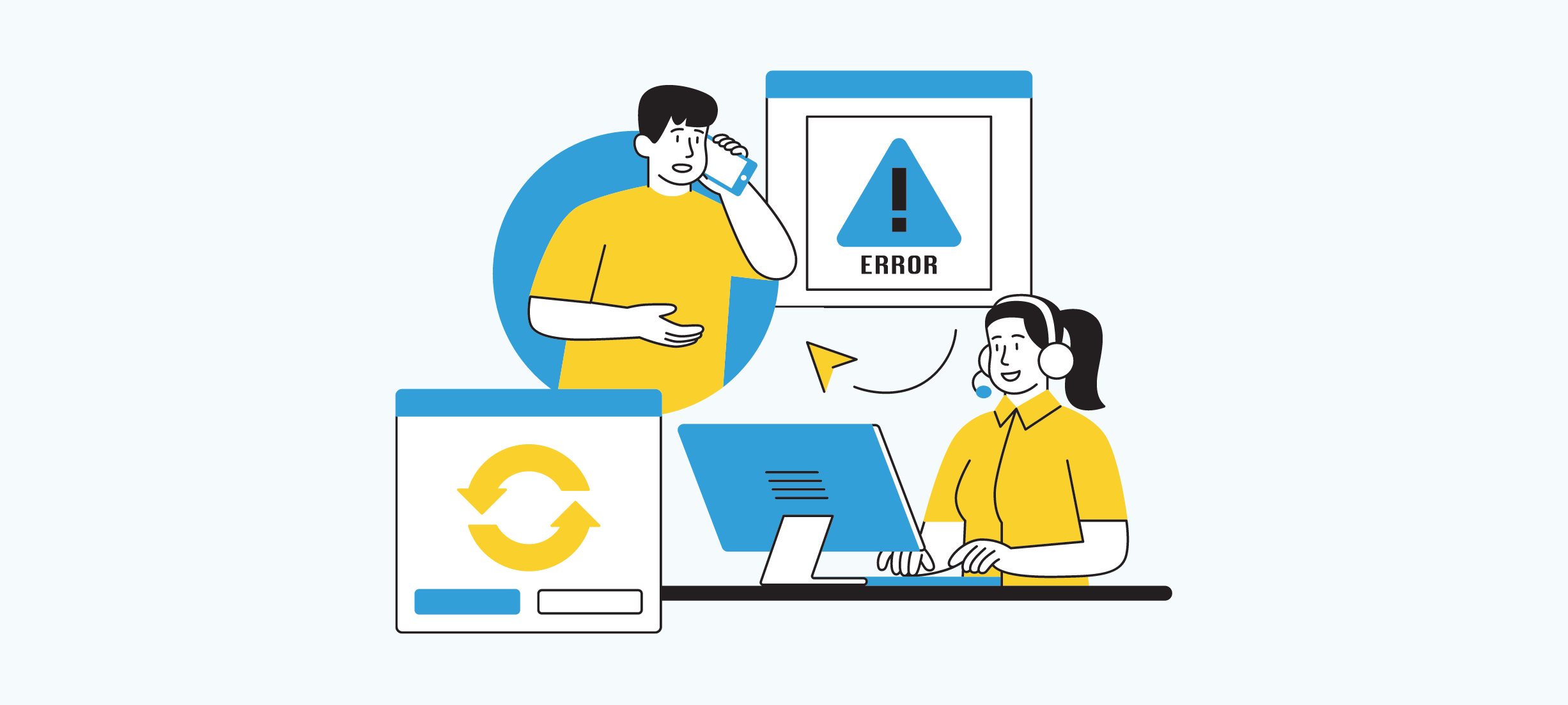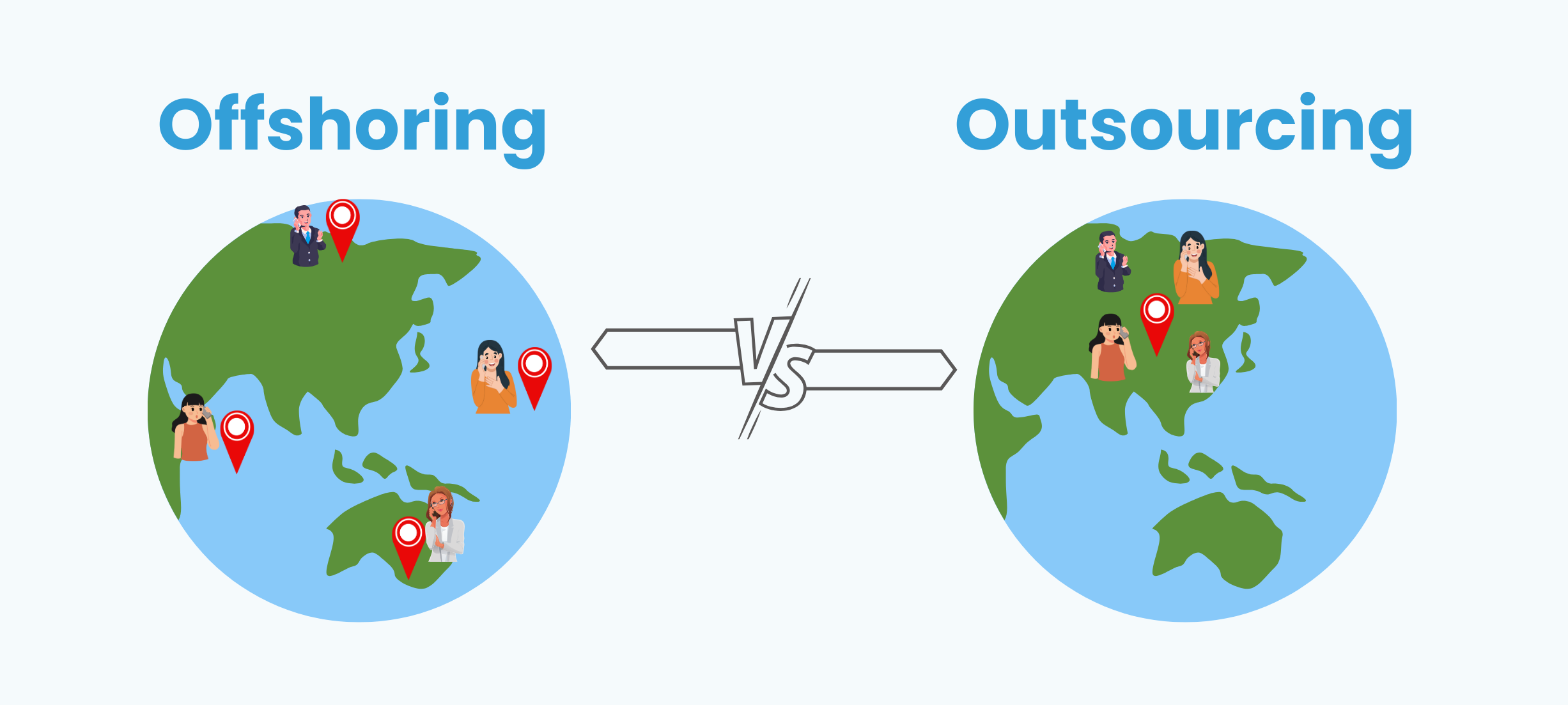The 403(b) and 457(b) plans are like special savings accounts for retirement, but they’re only available to certain kinds of workers, like those in nonprofit organizations or government jobs. Both plans help you save money for retirement, but they also have their own unique features. Let’s explore how they’re similar and what makes each of them stand out from the regular 401(k) plan that many people are familiar with.
What is 403(b) plan?
A 403(b) plan is for certain workers like public school employees, ministers, and folks in tax-exempt organizations such as hospitals or charities. It’s not for people who work in private companies or for the government. If you work in a private company, you’d have a 401(k), and for government workers, there’s the 457(b) plan, which we’ll talk about later.
In 2024, you can put up to $23,000 into a 403(b) ($22,500 in 2023). If you’re 50 or older, you can add an extra $7,500 both in 2023 and 2024. What’s cool about the 403(b) is that if you’ve been with your employer for at least 15 years, you can add up to $3,000 extra per year, but only up to a lifetime limit of $15,000.
Before, you could only invest in annuities with a 403(b), but now you can also invest in mutual funds. However, some plans might only offer annuities, which can be pricier compared to 401(k) or 457(b) plans where you have more investment choices.
Not many 403(b) plans match what you put in, just like with 457(b)s. But if they do, you might get to keep that extra money right away, without waiting. This is called “vesting,” and it often happens quickly in 403(b) plans. So, even if you leave your job, you won’t lose the matched funds.
Who is eligible for a 403(b) plan?
Employees of public schools, including teachers, administrators, and other staff.
Employees of certain tax-exempt organizations, such as:
- Non-profit charities and foundations
- Religious organizations
- Civic leagues
- Social welfare organizations
- Hospitals and other healthcare organizations
- Employees of certain ministers’ housing allowances.
Key features of a 403(b) Plan
Tax-advantaged contributions
Imagine your paycheck getting a smaller tax bite! With a 403(b) plan, you can contribute a portion of your income before taxes are taken out. This reduces your taxable income, meaning you pay less tax now and keep more money in your pocket. This saved money gets invested in your 403(b) account, growing tax-deferred until you withdraw it in retirement. It’s like planting a money tree that shelters your savings from taxes until harvest time!
Employer matching contributions
Some employers are generous enough to offer “matching contributions” to your 403(b). This means they contribute a certain percentage of your contributions, essentially giving you free money for retirement! Think of it as an employer bonus that grows with your own contributions. Not all employers offer matching, but it’s a perk to look for.
Investing Your way to retirement
Just like a 401(k), a 403(b) plan gives you control over your investments. You can choose from a variety of options like mutual funds, stocks, and bonds, tailoring your investment strategy to your risk tolerance and retirement goals. Whether you’re a cautious investor seeking stability or a bold one aiming for higher returns, you have choices to make your money work for you.
Catch-up contributions
Life happens, and sometimes saving for retirement takes a backseat. But the 403(b) plan understands! If you’re 50 or older, you get a special privilege called “catch-up contributions.” This allows you to contribute an additional amount on top of the regular limit, helping you make up for lost time and boost your retirement savings.
How 403(b) plans work?
A 403(b) plan is like a 401(k) plan for saving money for when you stop working. You can put money from your paycheck into it and it helps you pay less tax.
Your boss might also give you extra money for your retirement fund.
You have options for how you put money into your plan. If you put it in before tax, you pay tax on it later when you take it out. If you put it in after tax, you pay tax on it now, but you won’t pay tax when you take it out later.
Most people with a 403(b) pick annuity contracts or mutual funds to help their money grow without paying tax until later.
You can also borrow money from your 403(b) like you can with a 401(k). But you can only borrow up to $50,000 or half of what’s in your plan, whichever is less. If you don’t pay back what you borrow within five years, you must pay tax on it.
You can take money out of your 403(b) early if you need it, but there are rules you must follow.
Advantages and disadvantages of a 403(b) Plan
Advantages
- Tax savings: Like a 401(k), you can contribute pre-tax dollars, lowering your current taxable income and maximizing your take-home pay. This translates to more money tucked away for retirement and less paid to Uncle Sam.
- Employer matching: Some employers offer matching contributions, essentially giving you free money for retirement! This can significantly boost your nest egg, so check if your employer offers this perk.
- Investment choice: While traditionally limited to annuities, many 403(b) plans now offer access to mutual funds and other investment options, allowing you to diversify your portfolio and align it with your risk tolerance and goals.
- Catch-up contributions: Need to make up for lost time? If you’re 50 or older, you can contribute additional funds beyond the regular limit, helping you accelerate your retirement savings.
- Roth option: Some plans offer Roth 403(b) accounts. While you contribute post-tax dollars, qualified distributions in retirement are tax-free, providing income without further tax bites.
Disadvantages
- Investment options: Compared to some 401(k) plans, investment choices in 403(b) plans might still be more limited. Do your research and explore available options carefully.
- Portability: Transferring funds to other accounts can be more complex compared to 401(k) plans. Consider this if you think you might change jobs frequently.
- Fees: Be aware of any fees associated with your plan, such as administrative or investment fees. High fees can eat into your returns, so minimize them where possible.
- Early withdrawal penalties: Withdrawing funds before age 59½ generally incurs income taxes and a 10% penalty, impacting your retirement savings and potentially leaving you with tax liabilities.
What is 457(b) plan?
A 457(b) plan is a special way for certain workers, like those in government jobs or certain nonprofits, to save money for when they stop working. It helps them put aside part of their paycheck into a retirement fund, where the money can grow over time. This type of plan gives them some tax benefits, meaning they pay less in taxes on the money they save for retirement. It’s kind of like a savings account just for retirement, but with special rules tailored for specific types of employees.
1. Eligibility and participants
A 457(b) plan is available to:
- Civil servants
- Municipal employees
- Law enforcement officers
- Public safety personnel
- Executives at hospitals, charities, and unions
- Some independent contractors employed by state and local government bodies
2. Tax benefits
- Contributions are made through payroll deductions.
- Tax-efficient growth: You don’t pay capital gains taxes on investments within the account.
- Two contribution options:
1. Traditional 457(b)
Contributions:
- Contributions to a Traditional 457(b) plan are pre-tax.
- You contribute money from your paycheck before income taxes are deducted.
- This reduces your current tax bill because your taxable income is lower.
Tax treatment during retirement
- Withdrawals from a Traditional 457(b) plan during retirement are taxed as ordinary income.
- When you take money out, it’s added to your taxable income for that year.
Advantages
- Immediate tax savings: Lower taxable income means less tax paid upfront.
- Ideal if you expect to be in a lower tax bracket during retirement.
Considerations
- Required Minimum Distributions (RMDs) begin at age 72.
- Plan for taxes on withdrawals during retirement.
2. Roth 457(b) plan
Contributions
- Contributions to a Roth 457(b) plan are made with after-tax dollars.
- You pay income taxes on the money before it goes into the account.
Tax treatment during retirement
- Withdrawals from a Roth 457(b) plan during retirement are tax-free.
- Both contributions and earnings can be withdrawn without additional taxes.
Advantages
- Tax-free growth: Your investments grow without incurring taxes.
- No RMDs: Roth accounts do not have required minimum distributions.
Considerations
- Ideal if you expect to be in a higher tax bracket during retirement.
- Consider your current tax situation and future tax expectations.
In summary, the choice between Traditional and Roth 457(b) plans depends on your tax strategy, income level, and retirement goals. Consult a financial advisor to determine which option aligns best with your individual circumstances!
457(b) contribution limits for 2024
1. Basic contribution limit
- The maximum amount an employee can contribute to a 457(b) retirement plan for 2024 is $23,000.
- This limit applies to both pretax and Roth employee contributions.
2. Catch-up contributions for those aged 50 and older
- Participants who are 50 years or older can save an additional amount as a catch-up contribution.
- The catch-up contribution limit for 2024 is $7,500.
- This brings the total employee contribution limit for those aged 50 and older to $30,500.
3. Total contributions
Your total contributions (employee and employer combined) cannot exceed your yearly earnings at the employer that offers your 457(b) plan.
What is the difference between a 401(k) and a 457(b)?
Eligibility
- 401(k): Offered by most private companies.
- 457(b): Primarily offered by state and local government agencies, non-profit organizations, and certain religious institutions. Some independent contractors may also be eligible.
Tax benefits
- Both: Contributions are made pre-tax (traditional options) or after-tax (Roth options), reducing your taxable income in the current year.
- 401(k): Wider variety of Roth and traditional options available across different employers.
- 457(b): Not all employers offer both Roth and traditional options. Roth options might be subject to income limits.
Contribution limits
- 401(k): $22,500 in 2023 ($23,000 in 2024), with a $6,500 catch-up contribution for those 50 and older.
- 457(b): $23,000 in 2024 (up from $22,500 in 2023), with a $7,500 catch-up contribution for those 50 and older.
Investment Options
- 401(k): Generally wider variety of investment options available.
- 457(b): Investment options might be less diverse depending on the plan.
Withdrawals
- 401(k): Early withdrawals typically incur income taxes and a 10% penalty (exceptions for specific hardship situations).
- 457(b): Early withdrawals generally have stricter restrictions and higher penalties compared to 401(k)s.
Other Differences
- Portability: Transferring 401(k) funds to other accounts might be simpler compared to 457(b) plans.
- RMDs: Both have required minimum distributions (RMDs) starting at age 72, but 457(b)s might have stricter rules in some cases.
Unsure about 457 vs. 403(b) plans? BookkeeperLive can guide your decision!
Choosing the right retirement savings plan as a public sector or non-profit employee can be complex. Navigating the intricacies of 457(b) and 403(b) plans, from eligibility to contribution limits and investment options, requires careful consideration. That’s where BookkeeperLive steps in!
We go beyond basic bookkeeping, offering expert financial guidance tailored to your unique situation. Our team can simplify the 457 vs. 403(b) comparison by:
- Understanding your individual needs and goals: We’ll assess your income, age, job stability, and retirement aspirations to identify the plan that best aligns with your long-term vision.
- Demystifying the complexities: We’ll break down the eligibility requirements, contribution limits, tax implications, and investment options of each plan in clear, understandable language.
- Comparing apples to apples: We’ll provide a comprehensive comparison of 457(b) and 403(b) plans offered by your specific employer, ensuring you understand the nuances of each option.
- Building a personalized strategy: We’ll help you choose the plan that maximizes your tax benefits, contribution potential, and investment opportunities, putting you on track for a secure and fulfilling retirement.
Don’t let confusion stall your retirement planning journey. Contact BookkeeperLive today and let’s navigate the 457 vs. 403(b) maze together! We’ll empower you to make informed decisions and confidently choose the plan that propels you towards a bright financial future. As a leading tax preparation service, we’re here to ensure every aspect of your financial strategy is optimized.
FAQs
1. Which plan am I eligible for?
457(b)s are mainly for state and local government employees, some non-profits, and certain religious institutions. 403(b)s are for public schools, most non-profits, and some private schools.
2. Do I get tax benefits with both plans?
Yes, contributions can be made pre-tax or Roth depending on the option offered. Pre-tax reduces your taxable income now, while Roth grows tax-free and allows tax-free withdrawals in retirement.
3. I left my government job before 59 ½. Can I withdraw from my 457(b) penalty-free?
Yes, unlike a 403(b), a 457(b) allows penalty-free withdrawals if you separate from service before reaching retirement age. However, taxes will still apply. It’s advisable to seek guidance from a tax service or tax professional to effectively navigate the tax implications.
4. What happens to my unused catch-up contributions in a 457(b)?
Unlike a 403(b), any unused catch-up contributions in a 457(b) may carry over to the next year, allowing you to contribute more than the standard limit.
5. Can I use a Roth option with both plans?
Not all 457(b) plans offer Roth contributions, while most 403(b)s do. Check with your plan administrators for availability.
6. What happens if I accidentally overcontribute to my 457(b)?
You’ll have to withdraw the excess amount with associated earnings and potentially face penalties or taxes. Seeking professional guidance, such as from a tax preparer, is crucial in such situations.








